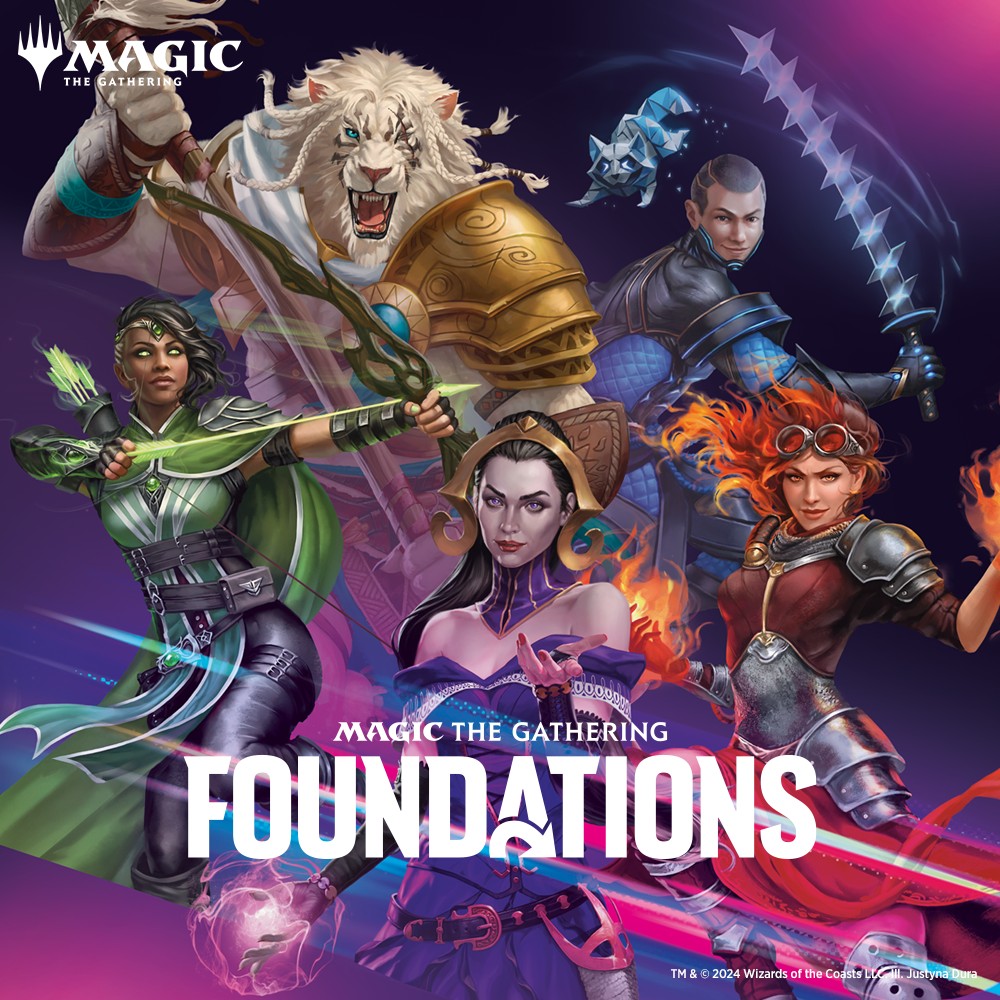Hello and welcome back to Rogue Tech Report, where quality decks meet creative tomfoolery!
By the time Summer is upon us again, the Modern card pool will have climbed to over 10,000 unique cards. That's a heck of a lot of options - far too many to assume that every tournament-quality deck has its list fully figured out. Sometimes a new card gets printed that finds a cozy home in an existing deck, but just as often, a card from years ago turns out to suddenly become a lot better, either due to a shift in the meta game, synergistic tech from a new card, or from simply being previously overlooked.
For our January report, we have three new pieces of interesting tech to report, starting with the inclusion of Forbidden Orchard in Living End
When I first played Forbidden Orchard, it was in this janky Illness in the Ranks/Blood Artist deck that got silly with cards like Mercy Killing and Hunted Troll. The deck was a ton of fun, but unsurprisingly didn't amount to much in the vast majority of match-ups.
But today I want to talk about it in Living End. As a deck that only runs 18-20 lands and is full of one-mana instant-speed plays, colour flexibility and coming into play untapped is big game. Add to the equation the fact that the deck's namesake ability cancels out Orchard's downside, and things are starting to make more and more sense. Finally, if you need icing on the cake to prove that it's better than City of Brass, we have a solution to the awkward situation where your Demonic Dread has no target, and you can't use it to cascade into your Living End. This comes up more often than you'd think, with decks like Bogles, Ad Nauseam, Storm, and Scapeshift in the format.
Forbidden Orchard is a quality card to consider in Living End, especially in variants that splash blue to include Splinter Twin and Deceiver Exarch. Don't overlook it.
For those of you who haven't noticed, Scapeshift has undergone a bit of a face-lift recently. Bring to Light has made a huge impact in this deck, not only by increasing the effective copies of Scapeshift up to six or seven, but also by giving it very reliable access to silver bullets in the main deck and the sideboard. These cards are often outside of the deck's typical RUG mana base, such as Supreme Verdict, Damnation, or Slaughter Games, necessitating the deck to splash a fourth and sometimes fifth colour.
There's hidden advantage to be gained here. For a deck that already ran Anticipate or Peer Through Depths, there is an almost strict-upgrade available in the otherwise-unplayed card Worldly Counsel, which effectively merges the other two cards when paired with a Godless Shrine.
Digging for five is a big deal, and when you need one more land to go off, or an Obstinate Baloth in response to a Liliana of the Veil +1 trigger, Worldly Counsel is the spell you want.
Ah, Soulbond, one of the lamest effects ever to grace the game (outside EDH and Deadeye Navigator). Or is it? Collected Company was a real game changer for Modern, assigning a ridiculous upgrade to every 3CMC creature in the format.
Being able to Collected Company at end of turn into Silverblade Paladin and a double striking Knight of the Reliquary is cute, but neither reliable nor powerful enough on its own. The real advantage comes with the other cards that Collected Company suddenly makes viable for attacking decks. The main ones I'm looking at are Vendilion Clique and, especially, Geist of Saint Traft. With either of these two creatures on the offensive, Silverblade Paladin becomes a very big deal. Whether its an extra three or four evasive damage to the face from the Faerie or Geist's Angel, or simply a way to help Geist survive combat, double strike does some pretty impressive work. And with the way that Soulbond works, it's actually forgiving if you can't Chord of Calling or Collected Company into it at the right moment - when Geist's Angel gets created, you have the opportunity to bond them then too.
All in all, if you are playing a deck that has six or more copies combined of Chord and Collected Company, and creatures that might reliably get through for three or more points of damage, a one-of Silverblade Paladin gives you an awful lot of flexibility at a pretty low demand on the deck overall.
Competitive Magic quickly becomes an Echo Chamber of netdecking, with innovation stagnating until a pro player flashes in interesting tech on camera. The reality is that there are a wealth of under-appreciated cards that deserve a second or third look. Even if you're taking a slight power downgrade over the card it could have been instead (as is the case with Silverblade Paladin), between use flexibility and surprise factor, you are very often going to come out ahead.
Well, that's all for today. I hope you enjoyed this edition of Rogue Tech Report. If you have some bizarre tech choices of your own, please share them in the comments. Thanks for reading, and until next time, have fun, and may the force be with brew!


